There is a technique called “spiling”, which is a way of scribing a template to fit an awkward shape, mainly a boat-builder’s technique, but useful for fitting window boards, flooring, etc. The stick is usually a bit of lath, with some notches cut in it, eg
Suppose, for example, I wanted to cut a board which would fit around this old bit of spade (which is actually a forged plate by an established international artist Blacksmith, price on application.)
I would cut a piece of paper or ply roughly to fit, place the point of the spiling stick around the perimeter, draw round the stick and do this as many times as necessary to record the data. Then I would lay the paper on the board, repeat the process of laying the stick on its silhouettes, but just mark the points. Then I would join up the dots and cut the board; (then there would be a lot of fiddle-faddle because the cuts weren’t quite right)
Now, if there are any boat-builders, please tell me if they have a permanent spiling stick, because I have always thrown it away when finished.
But I thought I would make a nice one today.
(My daughter thinks the rough one is nicer)
I have been intrigued by a tool which was probably used for the same purpose, but was at the same time a rule and effectively a depth gauge, in medieval times.
The next two pictures are taken from an article in “The Mortice and Tenon”, no 3, the Carpenters’ Fellowship journal. The author, Henry Russell, who describes an exhibit in the Mary Rose exhibition. It is labelled “joggle stick”.
The second picture is a reproduction of Medieval German carpenters hewing (the one on the left is using a mortising axe), but the one in the foreground evidently carries one in his belt.
Now it took my fancy to make a joggle stick.
The notches are at 3/4” intervals.
“ Digit” is a noun and “digital” an adjective, so, since a digit is 3/4”, I am calling it a DIGITAL RULE!
Initially, I set it out on a graph in an old exercise book which belonged to my father. This is blocked at 5/8”, each block divided into 10 (1/16”). I have never come across this anywhere else.



 LinkBack URL
LinkBack URL About LinkBacks
About LinkBacks
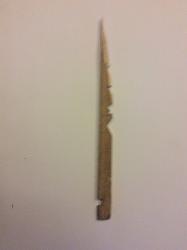
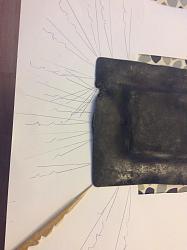
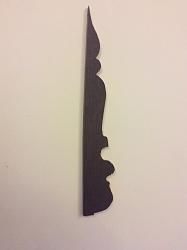
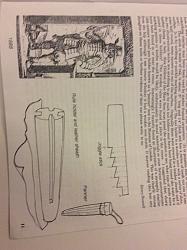
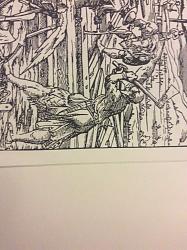
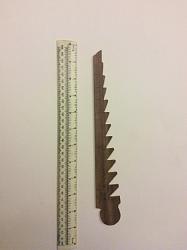


 Reply With Quote
Reply With Quote

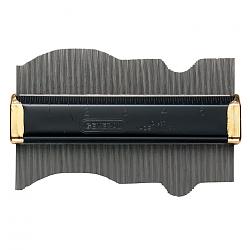

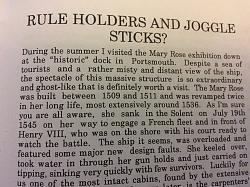
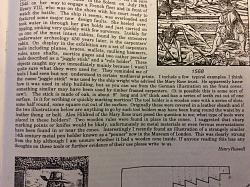
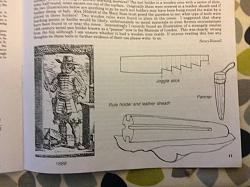


Bookmarks